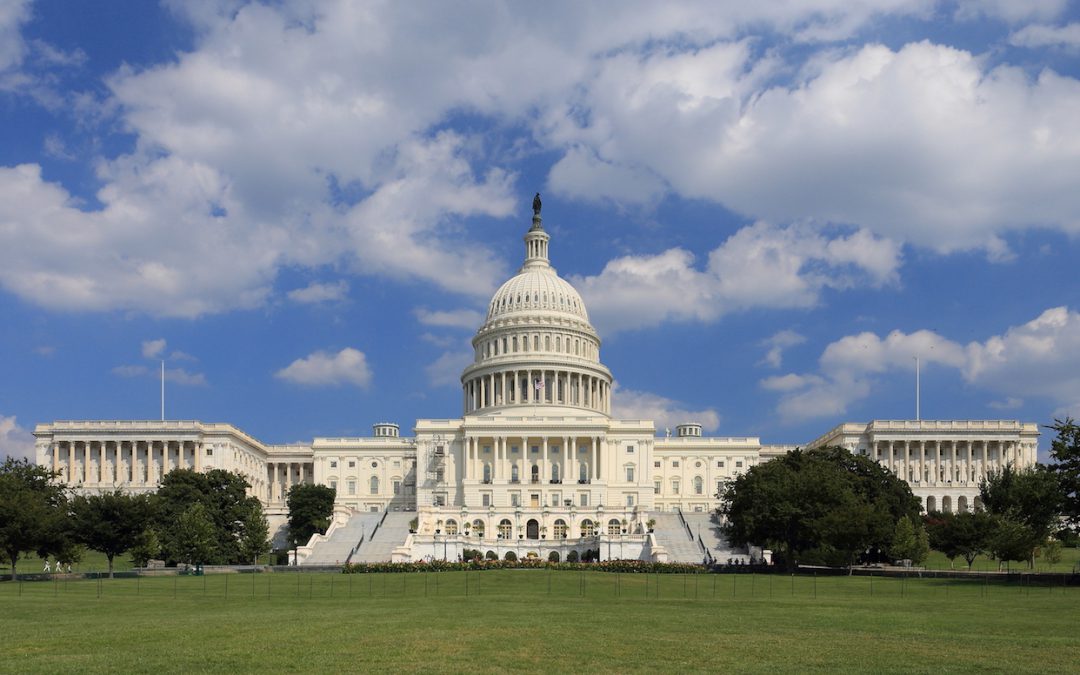WASHINGTON—Advocates of late-decided Obama-era regulations can rest easy. The time limit for Congress to use the Congressional Review Act to repeal regulations imposed in the last six months of the Obama presidency has passed.
The deadline expired Wednesday, disappointing advocates of one last rule change, an effort to repeal an Obama-era rule that limited the amount of methane allowed to leak or be vented into the atmosphere during oil and gas production. The House of Representatives had passed the repeal in February, but the Senate rejected it Wednesday 51-49, with Republican Sens. Susan Collins of Maine, Lindsey Graham of South Carolina and John McCain of Arizona joining Democrats in voting against the measure.
Now Congress can no longer use the review act to repeal Obama-era regulations.
The expiration of the law’s time limit comes too late to save 13 regulations that Congress repealed during the first days of the Trump administration. The repeals – the most ever under the law, which had been used only once before – were crucial to President Donald Trump’s effort to brand his first 100 days a success for decreasing government regulation.
Among the eliminated regulations was one that would have prevented mentally ill people from purchasing handguns and another requiring internet service providers to obtain customers’ consent before sharing their information.
The Congressional Review Act requires that both chambers of Congress approve a repeal and that the president sign it within 60 legislative days of the rule being first received in Congress. Passing a repeal needs only a simple majority in both the House and the Senate, meaning Senate Democrats couldn’t filibuster.
With the deadline passed, the GOP will have to use the traditional legislative process to repeal regulations, something that would require bipartisan cooperation in the Senate, where Republicans hold a majority but are eight Democratic votes short of the 60 required to take up most legislation.
Congress approved the act in 1996 as part of its Contract with America Advancement Act, a law that largely pertained to regulations in regard to small businesses. It was championed by then-Speaker of the House Newt Gingrich, R-Ga.
Using the review act requires a perfect storm of the same party controlling both chambers of Congress and the White House. The first successful use of the act came in 2001, when congressional Republicans and President George W. Bush killed an ergonomics rule that had been approved late in President Bill Clinton’s tenure.
Congressional Republicans made several attempts to use the law during Barack Obama’s presidency but were thwarted by vetoes.
Trump signed his first review act resolution on Valentine’s Day. It overturned a rule that required mining and oil companies to disclose any payments made to foreign governments related to commercially developed natural gas, oil or mineral projects. The rule was passed as a requirement of the Dodd-Frank Act financial law in an effort to create more public transparency.
Exxon Mobil, which Secretary of State Rex Tillerson headed until joining the Trump Cabinet, and Chevron had opposed the regulations for years.
James Goodwin, a senior policy analyst with the liberal Center for Progressive Reform, was critical of the Congressional Review Act.
“The first word that comes to my mind is just ‘reckless,’ ” Goodwin said.
Goodwin cited years of research and preparation that had gone into developing many of the now-repealed rules. “None of these repeals have gone through any sort of investigative hearing in Congress. There’s no debate in committee. There’s very little floor debate, period,” he said.
Walter Olson, a senior fellow with the libertarian Cato Institute’s Center for Constitutional Studies, said the eliminated regulations would have been a burden on American businesses.
“Beyond the substance, which was big in itself, there was symbolism to getting rid of regulations that would have taken time and energy to repeal through conventional means,” he said.


